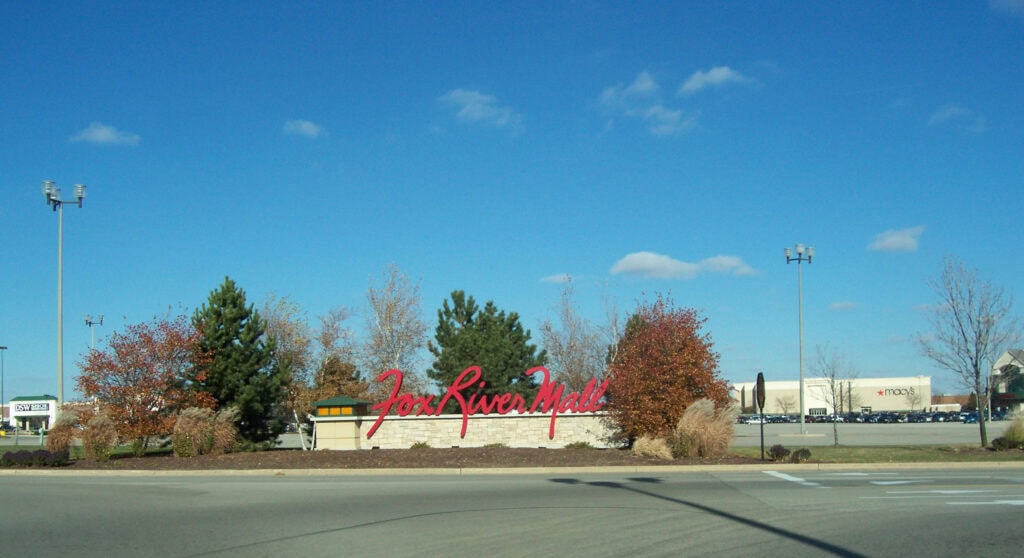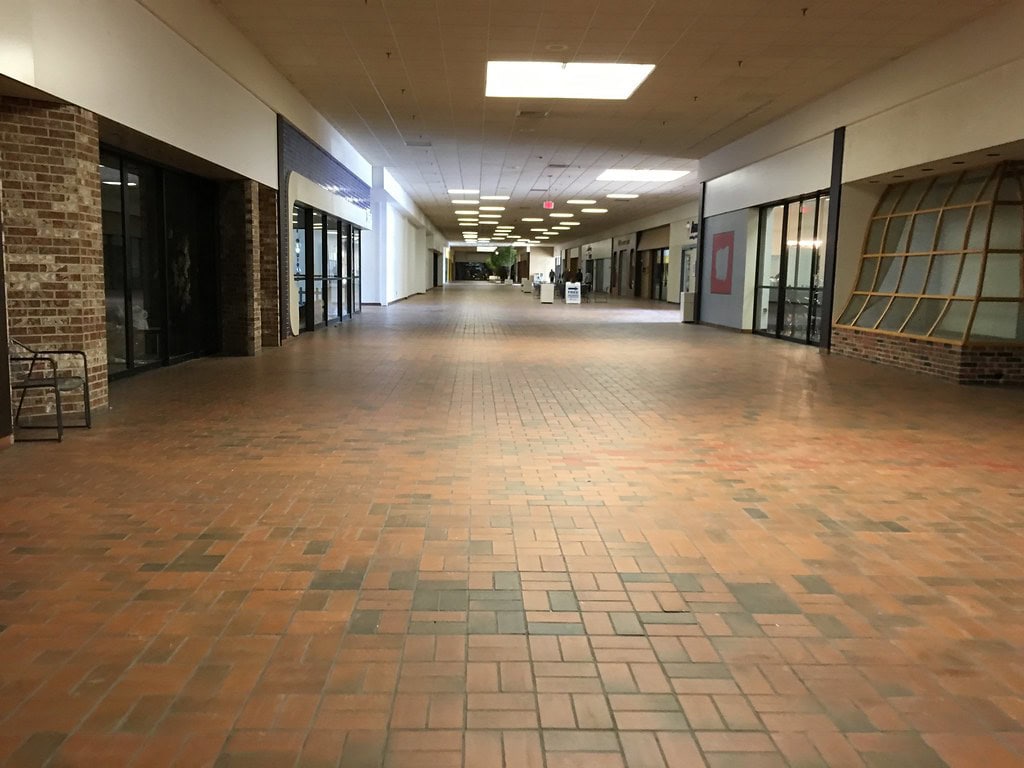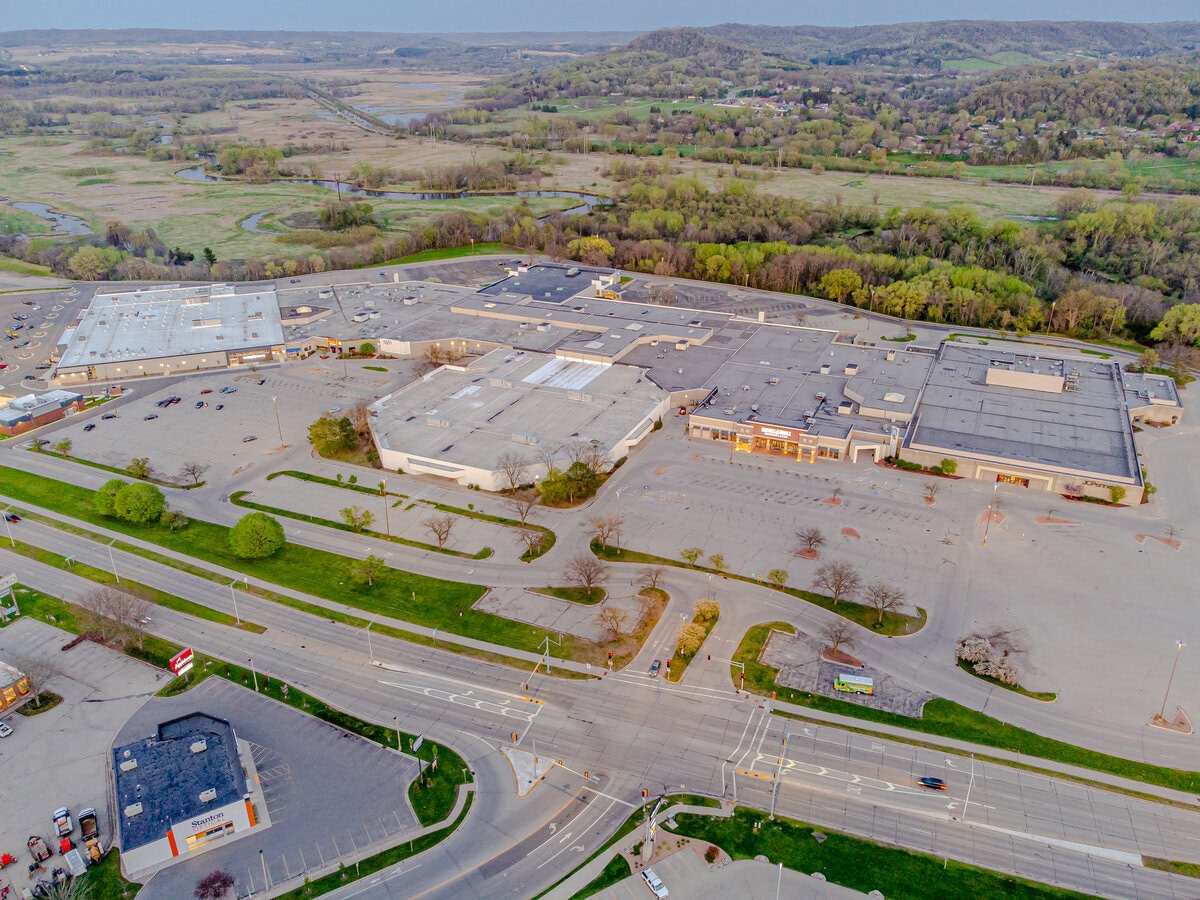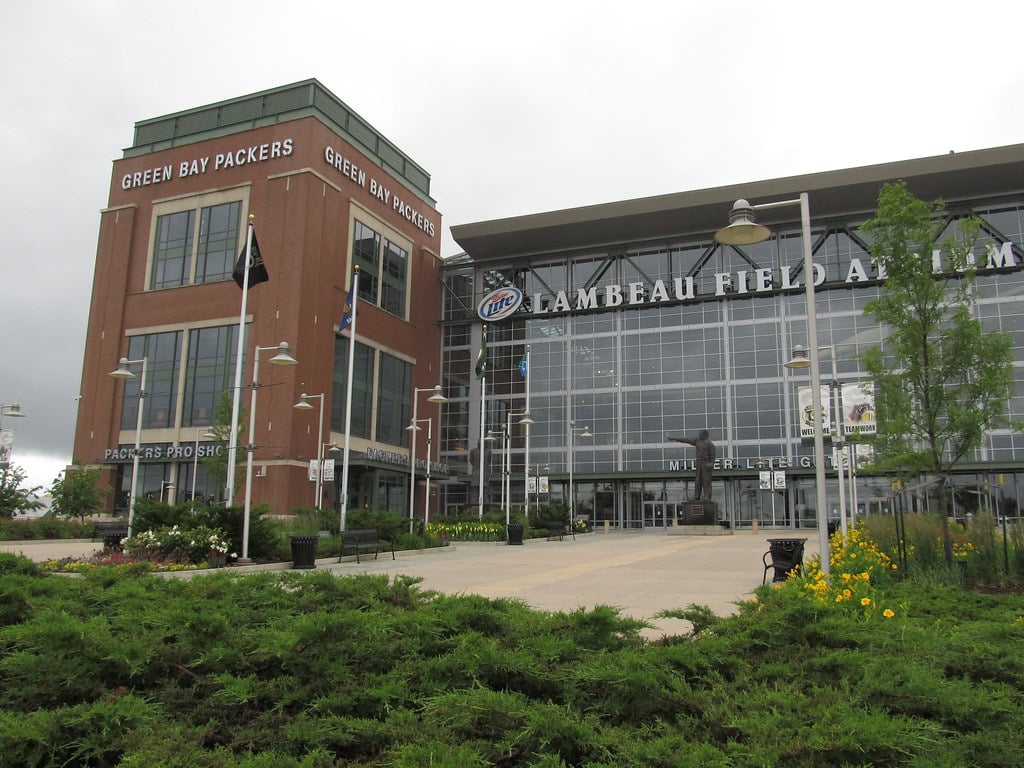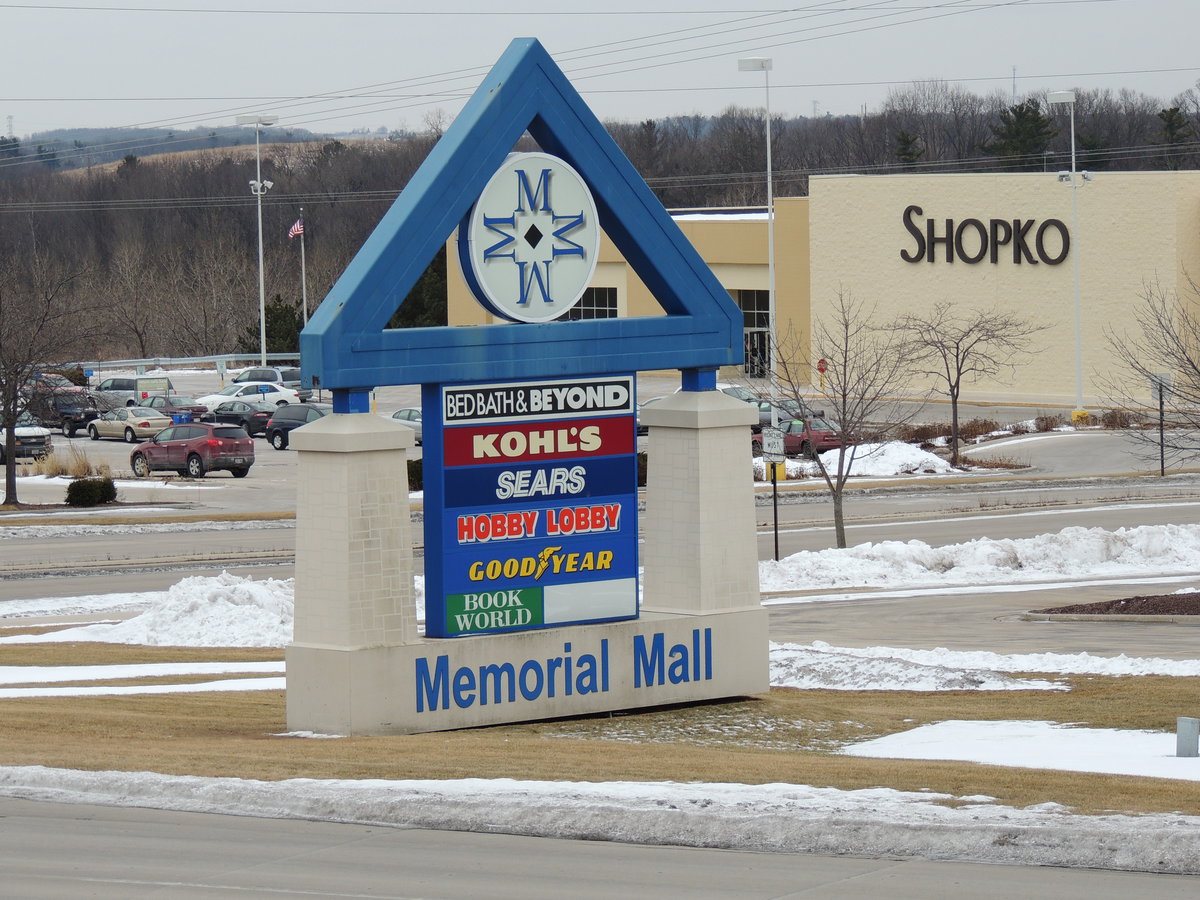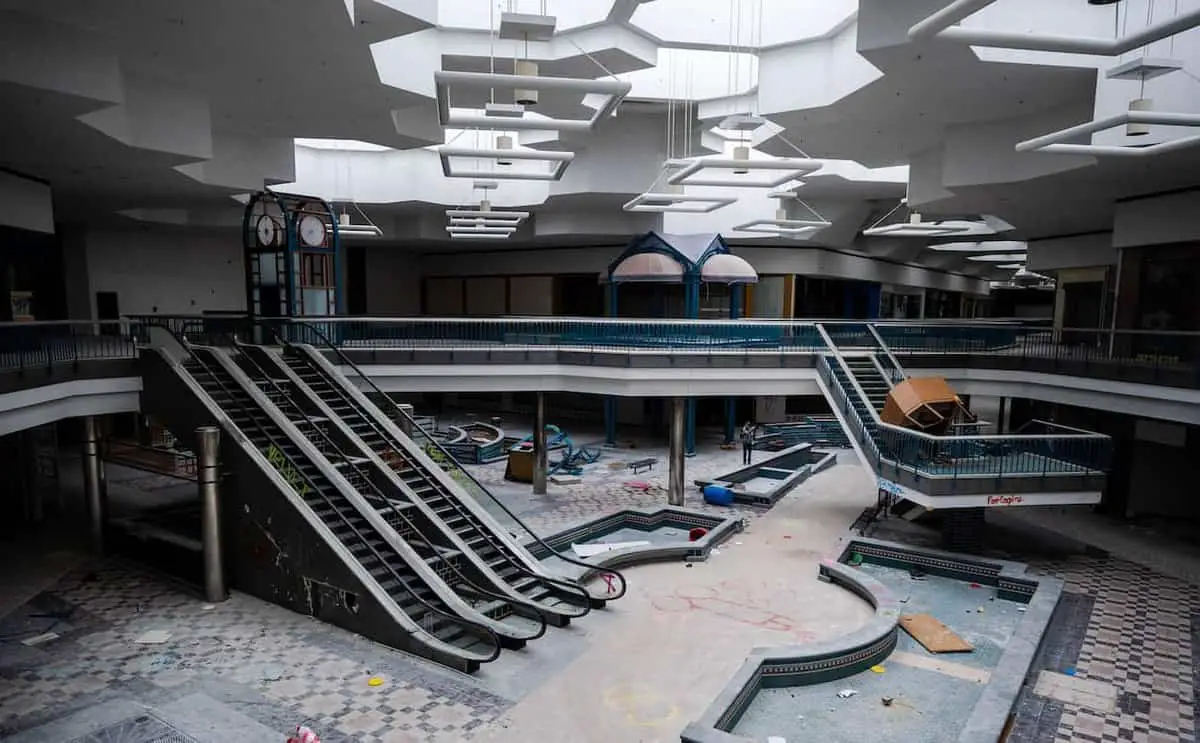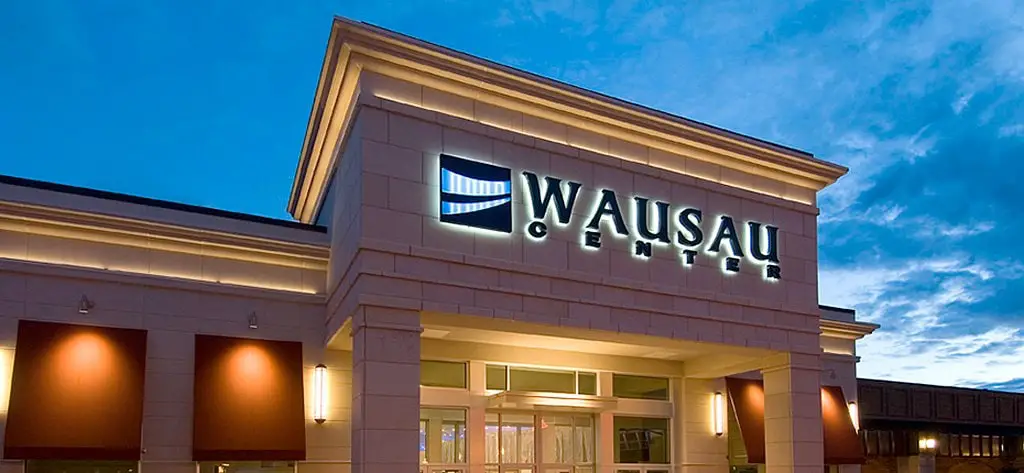Breaking Ground in the Appleton Retail Market
Before the steel frame rose or the first logo went up, Appleton was still missing what other metro areas had already built decades earlier.
In the early 1980s, it held the odd distinction of being the only major metro in the country without a regional mall.
Commercial leaders in the area took notice - and started making calls.
The push came from the west side of Interstate 41.
Back then, that stretch in Grand Chute consisted mostly of empty fields and disconnected roads.
But it had space, traffic, and potential.
General Growth Properties signed on to develop a project that would eventually span 1.21 million square feet and reshape retail patterns across northeast Wisconsin.
On July 18, 1984, Fox River Mall opened its doors with Sears as its only anchor.
Shoppers walked into a space that held 67 stores, a Walgreens, and a movie theater.
That wasn't a small bet for a region that hadn't seen anything like it before.
The mall, on 137 acres, pulled energy and money toward what would soon be called the "shopping capital of Wisconsin."
Development didn't stop after that first summer. As more stores moved in and traffic kept building, so did the surrounding lots.
Businesses opened nearby, more roads were paved, and hotels followed.
By the late 1980s, Fox River Mall had already pulled millions in retail spending into Grand Chute's west corridor.
In time, those acres would generate about $1 billion per year for the local economy.
Today, anyone searching for things to do in Appleton, Wisconsin, will still come across the mall's name.
It's been expanded, renovated, and adapted - but the foundation was laid that summer in 1984 when a retail gap met a developer willing to fill it.
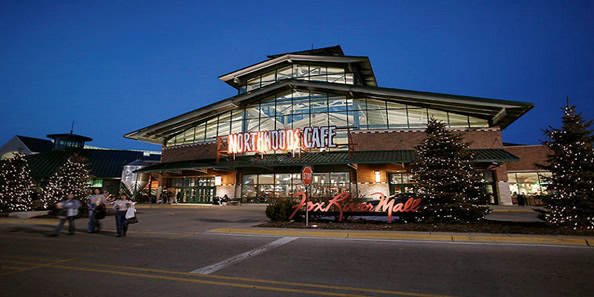
Anchor Shifts and Leasing Fluctuations
By the early '90s, Fox River Mall was deep into its second phase.
The parking lots filled faster, and the tenant roster stretched past what the original plans anticipated.
Then came Dayton's, opening in 1991 with a footprint that widened the mall's draw.
That same space would later bear Marshall Field's name before converting to Macy's, which still operates there in 2025.
The anchor lineup kept changing.
JCPenney joined early on, and Target added a different kind of pull - one that didn't rely on fashion or seasonal specials.
Then there was Scheels All Sports, now the most immersive store in the complex, with its closed-off basement level and two-story layout.
But the real turning points came with exits.
Younkers, an anchor since the mid-'90s, closed in May 2018 after its parent company, The Bon-Ton Stores, filed for liquidation.
The space has remained empty since. That loss wasn't isolated. Later that year, Sears - the mall's first anchor - announced its departure.
It shut down in March 2019 following a national closure plan that affected 80 locations.
By 2025, four anchor stores remained open: Macy's, JCPenney, Target, and Scheels. Two spaces remain dark.
Property Layout, Food Sales, and Service Footprint
The property covers 137 acres - a spread that makes it one of the largest single retail sites in Wisconsin.
The mall's footprint is 1,184,000 square feet, with an extra 26,000 in adjacent outbuildings, bringing the total to 1.21 million.
Most shoppers never think about the math.
However, the square footage shapes how foot traffic flows and how leases are structured.
It also decides how far someone has to walk from the food court to a back wing like the old Sears.
One floor runs through the mall, though Macy's operates with two levels.
Scheels All Sports also has an upper floor and a sealed-off basement, both of which are part of its internal layout but closed to public use.
There's also a second-floor security office positioned to oversee central areas.
Fox River Mall has Northwoods Café, a food court with more than a dozen quick-serve vendors.
It isn't flashy - metal chairs, shared tables, a mix of smells that shift by the hour - but it still works.
Kids have pretzel bites, and adults have trays of lo mein or sub sandwiches.
It's the kind of setup where people eat while checking receipts or scrolling through their phones.
The site also includes Fox River Plaza, a strip mall built onto the grounds.
Tenants in that building operate outside the main mall but stay part of the commercial network.
Valley Transit drops off at a stop near Target, making the location accessible for riders coming in from other parts of Appleton or neighboring towns.
There is no light rail, but buses carry a steady stream of people, especially during lunch and early evening.
Departures, Arrivals, and a Familiar Face Lost
The Macy's at Fox River Mall remains open, but questions still hang over its future.
In December 2024, the company announced it would close 150 stores by 2026 as part of a new downsizing strategy.
When Macy's released its first wave of confirmed closures on January 9, 2025, the Appleton location was not listed among the 66 stores slated to shut down that year.
Earlier coverage in September 2024 flagged Wisconsin stores as possible candidates, leaving the Fox River Mall location under speculation.
For now, it hasn't been named - and it hasn't been ruled out.
Shoppers still pass through its doors, but the long-term status of the store remains unclear.
Not every wait came with questions.
In March 2025, Forever 21 filed for bankruptcy again - its second in five years - and this time, it closed all remaining stores.
At Fox River Mall, signs went up fast. Sale racks moved to the front.
The move followed months of pressure from fast-fashion competitors overseas and rising overhead costs.
Some doors are opening around the outer edges of the mall, though.
Dave's Hot Chicken, a fast-casual chain known for late-night crowds and heat-scale menus, is planning a location next to Bank First, just beyond the main retail strip.
It doesn't promise traffic for the mall itself, but it shifts the pull of the surrounding block.
One other absence this year wasn't tied to leases or corporate filings.
In January 2025, Russell Motschenbacher, who had worn the red suit in the mall's Santa set for years, passed away at the age of 87.
He wasn't staff. He wasn't a tenant. But shoppers knew his face - the beard, the voice, the way he leaned into photos like he had nowhere else to be.
